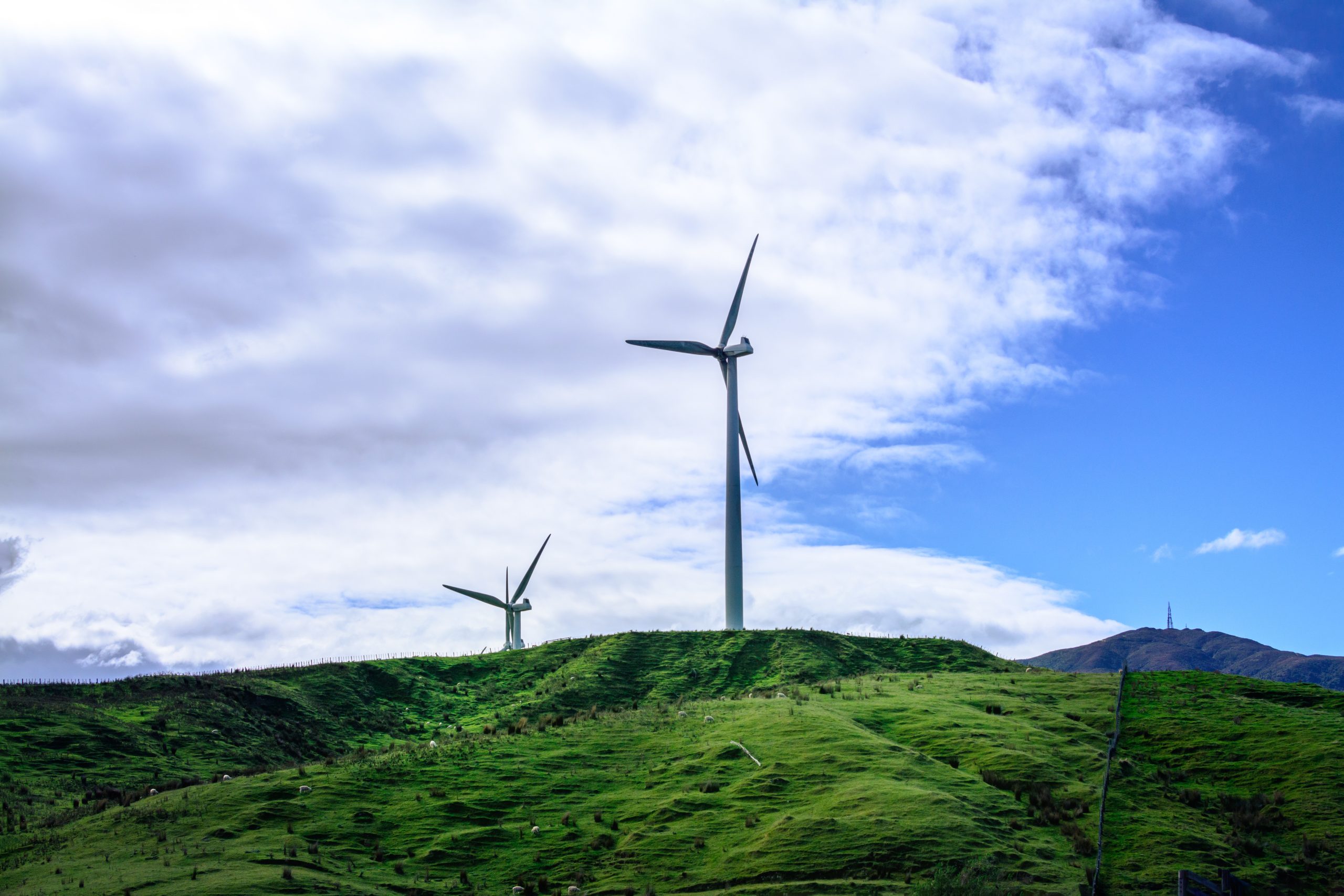How investors can help forge safer, more transparent supply chains.
Amy Domini| Jan/Feb 2008 issue
Over the course of several weeks last spring, pet owners in the U.S. noticed their cats and dogs were falling sick. A toy poodle named Jasmine died of kidney failure in Easton, Maryland. A cat named Brutus died in San Clemente, California. Carrie, a cairn terrier at a shelter in Kansas City, Kansas, went into convulsions but survived after $1,000 of veterinary care. Gradually it became clear that these animals had all eaten pet food containing wheat gluten contaminated with the industrial chemical melamine, which may have been added because it can make food appear to have more protein than it has. The gluten was traced to a supplier in China.
At the same time, other problems were arising with Chinese imports. Toys were found to be coated with lead paint. Imported monkfish was found to be toxic pufferfish. Some 51 people were killed in Panama by cold medicine containing a toxic substitute for glycerin. Lawsuits drew attention to children harmed by swallowing magnets from Chinese toys, including a 20-month-old boy who died on Thanksgiving in 2005.
In a globalized world, the quality and safety of the products we get often depend on long and complex supply chains. The supply chain is only as strong as its weakest link.
Even if your investment portfolio is small, by choosing to invest your money with managers who are committed to making the world better, you can help strengthen the safety of the supply chain. Here’s how:
- Research the retailers. Many big retailers no longer make their own products, buying them instead in the global marketplace. Actual production is outsourced to contractors in the developing world. By asking the right questions, investors can uncover many of the positive and negative influences these companies and their suppliers have. But more important, when Wall Street asks for better behaviour, retailers are willing to deliver it.
- Press for transparency. Thanks in part to the work of concerned investors, thousands of companies worldwide are pub- lishing corporate social responsibility reports that lay out their codes of conduct, describe their progress on various issues and reveal where their products originate and who makes them. Such transparency makes it possible for human-rights and environmental organizations to dig deeper, and can lead the way to improvement. It’s a business truism that what’s reported gets measured, and what’s measured gets managed.
- Consider people, not just products. Companies that mistreat workers are more likely to neglect product safety and the environment. When lead paint and other toxic substances are used in products, they are hazardous to the workers as well as the consumers. We as investors should be concerned not only for our children but for these workers and their families overseas. We should urge the investigation of sweatshop conditions at factories that supply major retailers, and push for greater openness.
Investors, like consumers and regulators, must encourage company executives to know their supply chains and hold their suppliers fully accountable. After all, within the fine web of this globalized economy of ours—in which so much of our food, clothing, medicine and everything else is manufactured in distant, unknown factories—our lives, and the lives of workers around the globe, depend on the weakest link.
Amy Domini is the founder and CEO of
Domini Social Investments, and author of several books on ethical investing.











